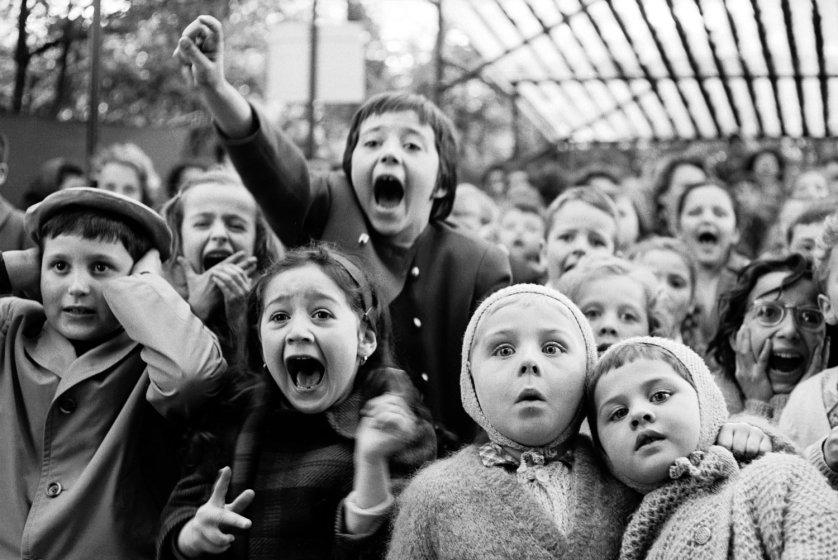I would never eat a dog. This goes without saying, but I’m saying it anyway to broadcast loudly that I would never eat a dog. Or a cat for that matter. But this is about dogs, a bit broached by a new law in South Korea banning the consumption of dogs.
In a brief from today’s newspaper: “Breeding, killing and selling dogs for their meat will be banned in a country where it has fallen out of favor. Hundreds of thousands of the animals were still being bred for human consumption.”
The first sentence fills me with joy, relief and pathos.
The second sentence renders me a clenched fist of disgust, outrage and sorrow.
The story goes on: “A person who butchers dogs for human consumption could face three years in prison or a fine of 30 million South Korean won, or about $23,000 … The breeding and selling of the animals would be punishable by two years in prison or a fine of 20 million won.”
Not nearly as draconian as it should be, but a start.
While South Korea joins Hong Kong, India, Thailand, the Philippines, Singapore and Taiwan as places prohibiting the trading of dog meat, millions of dogs are still slaughtered for their meat in Cambodia, Indonesia, Vietnam and other barbaric regions.
I know first-hand about the trade in Vietnam. Some years ago, riding on the back of a ramshackle moto-bike in Hanoi, my makeshift guide decided to swing by an open-air market where cooked dog remains — whole torsos, heads and tails — were displayed.
He then took me to a “dog restaurant,” where a trio of giggly, visibly drunk male diners beseeched me to join them for some bubbling dog stew (I waved them off). It was nauseating. (Of course later, the guide and I feasted on a cobra that was slaughtered in front of us. This was not a banner day for animal welfare.)
Thank god I saw none of this sort of atrocity, dogs caged like chickens:

The newspaper story has a link to Four Paws, an animal welfare group out of Australia, to which I just recently and coincidentally donated $100 and plan to drop more. I implore all animals lovers to do the same. Look at the site. It will break your heart, hopefully not your bank.















